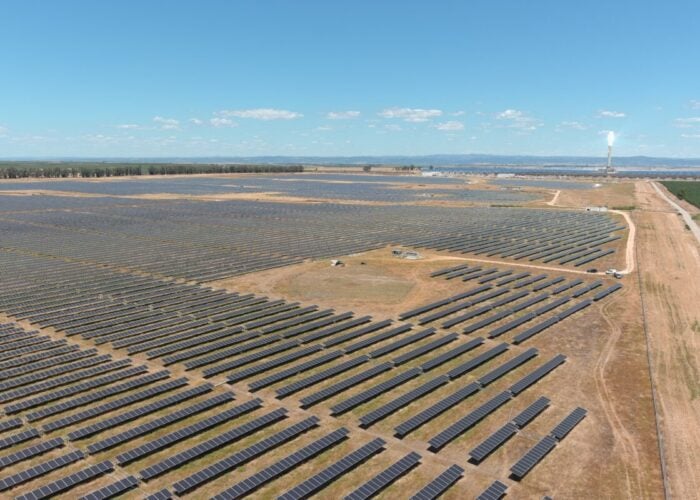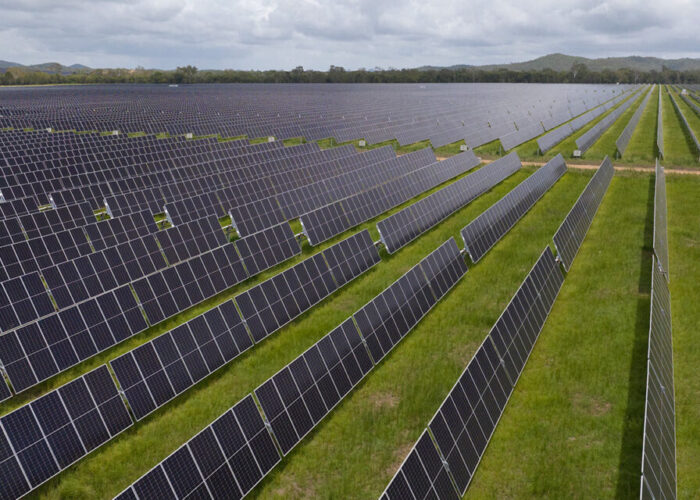
Australia-based firm Genex Power is set to bag a second round of debt funding from the Northern Australia Infrastructure Facility (NAIF) for what will be the world's first pumped storage hydro project to utilise an abandoned gold mine.
NAIF will provide a long-term concessional debt facility for up to AU$610 million (US$426 million) to Genex’s Kidston Stage 2 Pumped Storage Hydro Project (K2-Hydro) in northern Queensland.
Unlock unlimited access for 12 whole months of distinctive global analysis
Photovoltaics International is now included.
- Regular insight and analysis of the industry’s biggest developments
- In-depth interviews with the industry’s leading figures
- Unlimited digital access to the PV Tech Power journal catalogue
- Unlimited digital access to the Photovoltaics International journal catalogue
- Access to more than 1,000 technical papers
- Discounts on Solar Media’s portfolio of events, in-person and virtual
Genex now expects to reach full financial close for the project before 30 September, having reached a number of milestones in the past year.
In December 2018, the developer signed a term sheet with the utility EnergyAustralia for a long-term energy storage services agreement and equity investment. An early-works programme on the hydraulic design for the hydro turbines then started in February, followed by the final environmental go-ahead in April.
The funding is also subject to the finalisation of the Queensland Government’s consideration of the project.
K2-Hydro has the ability to integrate with the 270MW Kidston Solar Project. Located in what the company claims on its website is the highest irradiation zone in Australia, the PV project would use more than 3 million solar panels to power 143,000 homes.
The pumped storage project will use the Wises and Eldridge Pits as the upper and lower reservoirs at the Kidston Gold Mine. Its capacity is set at 250MW for 8 hours (2,000MWh), with a ramp-up time of less than 30 seconds.
John Grimes, CEO of the Smart Energy Council, told PV Tech that the “fantastic” project was particularly innovative, bringing together solar, wind and a disused gold mine for a closed-circuit pumped hydro system – adding that this meant “dispatchable, stored, renewable energy with long-term storage capability in far north Queensland”.
Laurie Walker, CEO of NAIF, said: “Energy storage facilities have a significant role to play in Australia’s transition to a low emissions, low-cost energy future. The project will provide Far North Queensland with 250MW of firm, dispatchable energy, improving energy reliability while lowering transmission losses and electricity prices.”
Storage future
Many people had been sceptical about the positive role that energy storage could play in Australia's energy transition, Grimes added, but the “big bet” between Mike Cannon-Brookes and Elon Musk – which resulted in a huge battery being installed within 100 days in South Australia – has given market operators and participants a proof point around the value of energy storage.
“So increasingly there's a lot of emphasis on energy storage solutions,” said Grimes, “But, what we are missing is a coordinated transition plan.”







